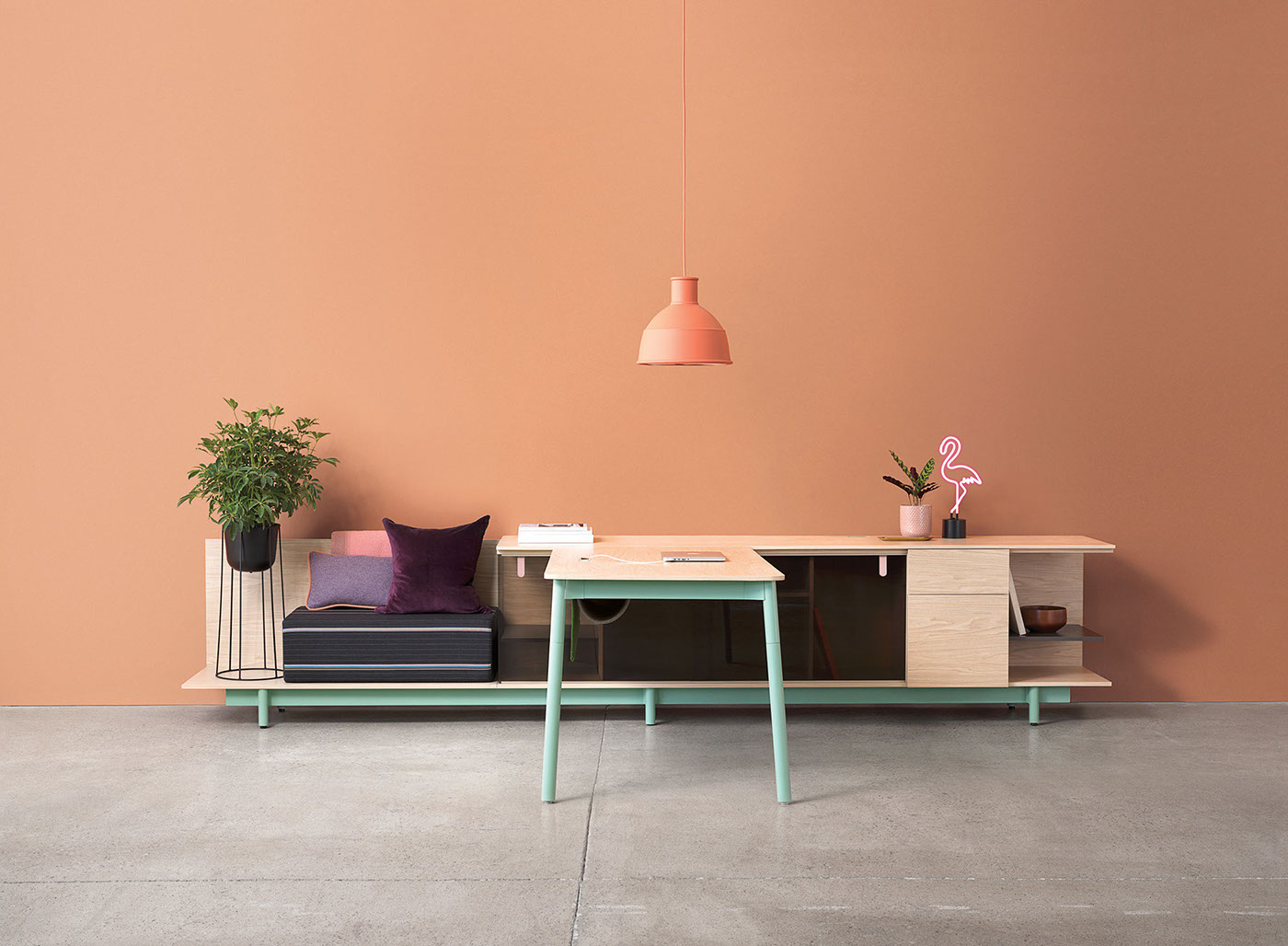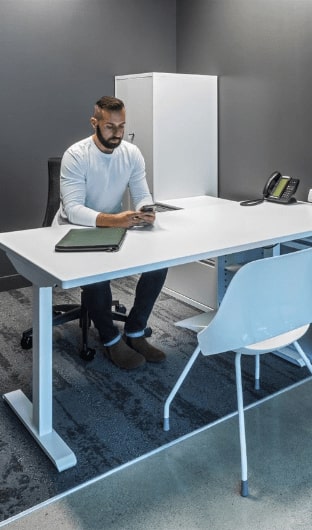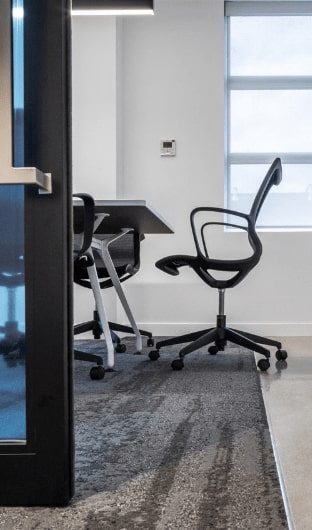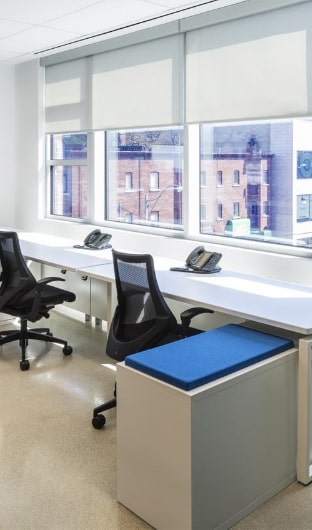
Designing an Eco-Friendly Home Office
Working from home is here to stay for many, and as you make your home office permanent it is important to consider how you can continue to be eco-friendly from your home. Working from home does not mean you need to leave your environmental initiatives behind at the office! While you are already reducing your carbon-footprint and saving energy by eliminating your daily commute, it is important that your workspace itself promotes sustainable working habits to be truly environmentally conscious. Read this month’s blog to learn more about how you can create an eco-friendly workplace at home!
1. Maximize Natural Light
One major way to create a sustainable space is by utilizing natural light. If you can choose your office space, select a room with abundant natural light, or place your workstation close to a window. This will allow you to reduce your energy usage by minimizing the need for additional lighting within your space. Not only will maximizing natural lighting help your environmental impact, but exposure to natural light also has many health benefits, including boosting your mood!
If you are unable to choose your office location, and your space has less than ideal natural light, there are many ways you can maximize the light that you have. Opt for light colours to help brighten a poorly lit room, and choose furniture with light-coloured finishes, such as natural woods, to keep an office feeling airy and bright. Further improve lighting by using strategically placed mirrors, allowing them to reflect and amplify light sources. Finally, choose LED bulbs that mimic natural light. LED bulbs keep energy consumption low, helping the environment while also saving you costs on your electricity bill!
2. Reduce Energy Usage
LED light bulbs are one way to reduce energy usage, but there are many additional ways that you can conserve energy in your office space. Choose electronics that are energy efficient and therefore, will use less electricity overall. For example, choose a laptop over a desktop computer, as they use significantly less energy. Do not keep unnecessary items plugged in when not in use and unplug them where possible. Some electronics, even if turned off, will continue to sap energy at all hours.
When you leave the office—whether it is for a snack, lunch, or when you have finished for the evening—ensure that all devices and lights are turned off. Though this may seem like an obvious task, it can be easily overlooked, causing an excess of energy usage within an office space.
3. Eliminate Waste
Eliminating waste is another way to reduce your environmental impact when working from home. As you spend additional time in your home, you inevitably create additional waste… and it can be easy to slip into bad habits when spending so much time at your home office. However, there are some easy ways that you can eliminate waste at home.
First, try to recycle. Set up a recycling station in your office to ensure that you are taking the time to recycle efforts and supplies, rather than simply throwing them in your wastebasket. Reuse your office supplies where possible, and properly recycle items like printer cartridges, batteries, and other tech when they have reached the end of their lifespan.
Another effective strategy to reduce waste is to go paperless by eliminating printed documents in your home office. If this is not possible for your job, print double sided to maximize your paper’s utility, or use recycled paper for your documents. Further, opt for a printer that uses refillable printer cartridges, rather than single-use options. While it may take more of a conscious effort to purchase and maintain such products, they will help to make your at-home office more eco-friendly.
4. Incorporate Nature
Inject life into your workspace—and keep it green—by decorating with houseplants. Not only can plants add to your office ambiance, but many houseplants also help with air purification. Further, bringing a touch of the outdoors, indoors, can help to brighten your mood, especially in winter months when your exposure to green space may be limited. Place vining plants on high shelves, invest in a larger floor-plant, or dot your office with cacti and succulents. No matter your space, there is a plant that will thrive. However, plant care can be time consuming, so ensure that you are choosing varieties that match with your lifestyle, time commitment, and habits in order to maintain your plant collection long-term.
5. Use Sustainable Materials
Finally, it is important to pay attention to the materials that you are bringing into your home office, as well. Research your furniture and décor selections to understand the materials that they are made of. Choose furniture made from eco-friendly, sustainable, or recycled materials when possible. If possible, you can even look for materials that are locally sourced! Reuse furniture where possible, or shop locally for vintage pieces to add a touch of personality to your space.
Today, there are many sustainable options available that do not compromise style, functionality, or comfort. However, it can be difficult to wade through the options to choose the correct furnishings. The furniture experts at Harkel Office can help you choose the perfect sustainable options for your home office space, no matter your budget or the size of your project. Our team of experts can work with you to determine the best pieces for you based on your own individual needs.
If you are looking to maintain a sustainability practice within your home office space, or are just beginning on your eco-friendly journey, these simple strategies can help you create a sustainable space within your home. If you are interested in learning more about how to design a space with sustainably sourced furniture, contact the experts at Harkel Office. Call us today at 905 417 5335 for a consultation. Get It Right with Harkel Office.





